Screen Shot to Code-screenshot to website code conversion
AI-powered screenshot to code converter
This simple app converts a screenshot to code (HTML/Tailwind CSS, or React or Vue or Bootstrap). Upload your image, provide any additional instructions and say "Make it real!"
Upload an image, I'll 'Make it Real!'
Related Tools
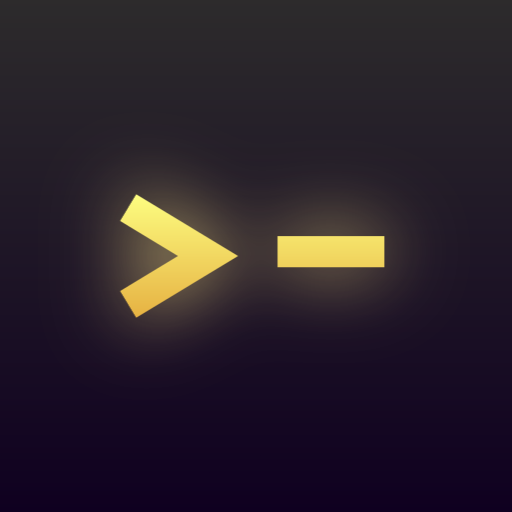
Screenshot To Code GPT
Upload a screenshot of a website and convert it to clean HTML/Tailwind/JS code.
HTML CSS Builder
Generates HTML and CSS code from images

HTML Coder
Expert in SEO-optimized HTML5, CSS3, JS, and Vue.JS 3
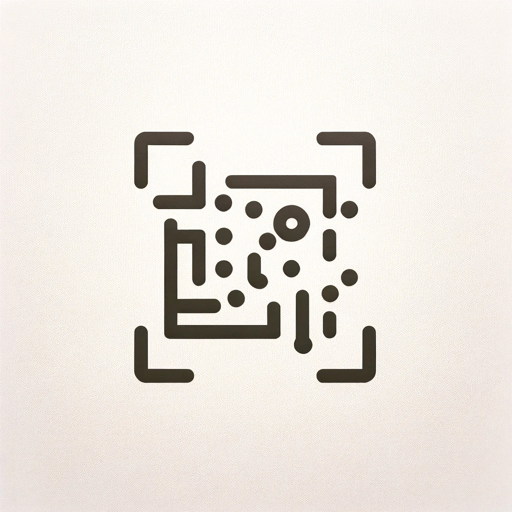
Image to Code GPT
Generates concise web code with placeholders for images in the design. Leave feedback: https://dlmdby03vet.typeform.com/to/VqWNt8Dh
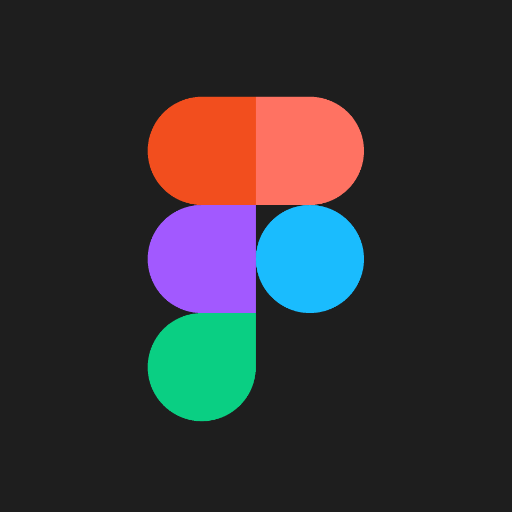
FIgmaToCode
I turn Figma UI designs into clean, functional code.
Code to Diagram
Generate mermaid markdown diagram from codes.
20.0 / 5 (200 votes)
Introduction to Screen Shot to Code
Screen Shot to Code is a specialized AI-driven tool designed to convert images or design mockups into fully functional and responsive website prototypes. The purpose of this tool is to bridge the gap between designers and developers by rapidly transforming visual designs into code that can be directly used or further refined in development environments. By automating the initial coding process, Screen Shot to Code helps streamline workflows, reduce time-to-market, and ensure design fidelity in the transition from concept to implementation. Examples: A designer creates a mockup of a landing page using design tools like Figma or Adobe XD. Screen Shot to Code can take this static image and generate a fully responsive HTML prototype that accurately represents the design, including layout, typography, and color schemes. Developers can then use this prototype as a foundation for further customization and functionality integration.

Key Functions of Screen Shot to Code
Image-to-Prototype Conversion
Example
Transforming a website design mockup into a responsive HTML and Tailwind CSS prototype.
Scenario
A freelance web developer receives a PNG of a client's desired website layout. Instead of manually writing HTML/CSS from scratch, the developer uses Screen Shot to Code to generate a functional prototype within minutes, which can then be refined or integrated with backend logic.
Interactive Component Generation
Example
Generating a responsive navigation bar with dropdowns and animations based on a visual design.
Scenario
A UI/UX designer provides a screenshot of a complex navigation menu. Screen Shot to Code produces a code prototype that includes all necessary HTML, CSS, and JavaScript to create the interactive behavior as envisioned by the designer.
Responsive Design Implementation
Example
Creating a fully responsive multi-section layout that adapts to various screen sizes.
Scenario
A startup needs a mobile-friendly version of their desktop website. They provide a desktop design, and Screen Shot to Code generates a responsive version that looks great on tablets and smartphones, saving hours of manual CSS adjustments.
Target User Groups for Screen Shot to Code
Web Developers
Web developers, especially those working on front-end tasks, benefit greatly from Screen Shot to Code. It speeds up the prototyping phase, allowing them to quickly turn design concepts into working code that they can further refine and integrate with back-end services. This is particularly useful for freelancers, small agencies, or developers working on tight deadlines.
UI/UX Designers
UI/UX designers who want to ensure that their designs are accurately translated into code can use Screen Shot to Code as a validation tool. By generating prototypes from their designs, they can quickly check for inconsistencies and make necessary adjustments before handing off to developers. This tool is also valuable in presenting interactive prototypes to stakeholders without the need for extensive coding skills.

Guidelines for Using Screen Shot to Code
Visit aichatonline.org for a free trial without login, also no need for ChatGPT Plus.
Begin by accessing the service without needing any account setup or special subscription. This is a free and easy entry point to explore its functionalities.
Upload your screenshot or image file.
Select the image or screenshot that you want to convert into code. Ensure the image clearly represents the web layout or design you wish to prototype.
Review the generated code.
The tool will automatically generate HTML, CSS, and JavaScript code based on the image. Take time to review and understand the output to ensure it aligns with your expectations.
Customize and enhance the code.
Make any necessary adjustments or enhancements to the generated code. You can modify the structure, styles, or add interactivity as needed to suit your project.
Deploy or integrate the prototype.
Once satisfied with the prototype, you can deploy it or integrate it into your existing projects. The code is ready to be used as a starting point for further development.
Try other advanced and practical GPTs
GPT Builder 助手
AI-powered tool for API schema generation.
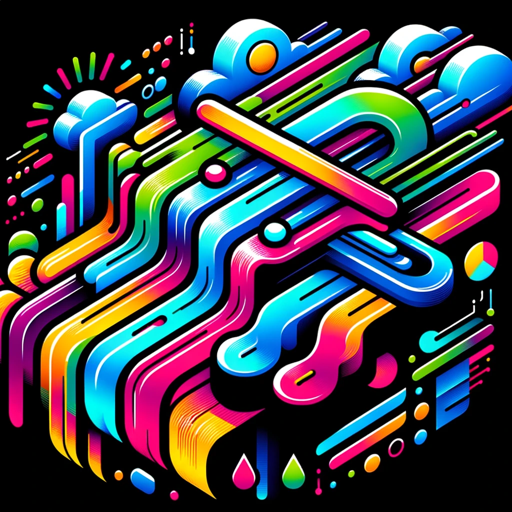
SEO GPT by Writesonic
AI-powered tool for comprehensive SEO analysis.
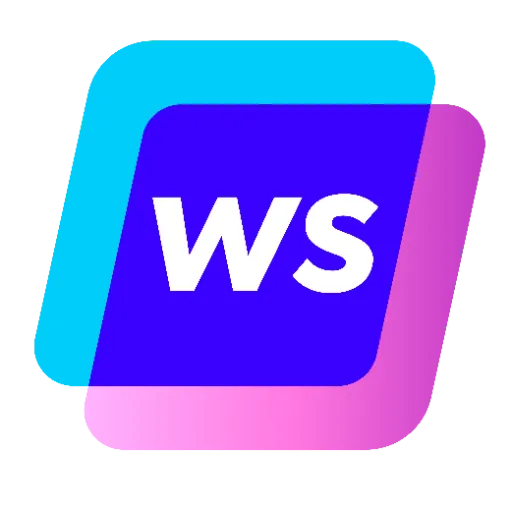
OCaml Genie
AI-powered OCaml programming assistant
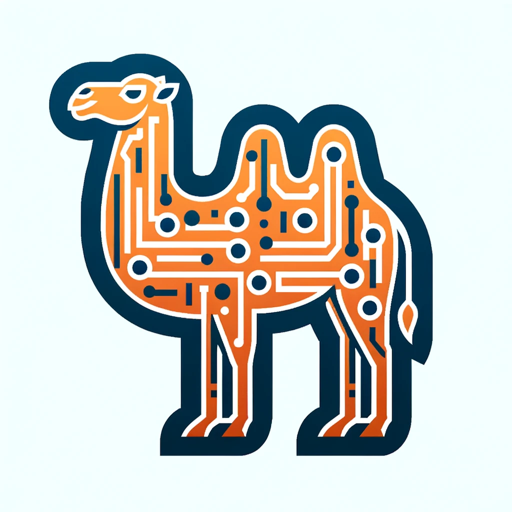
Flowchart Maker
AI-powered tool for creating flowcharts
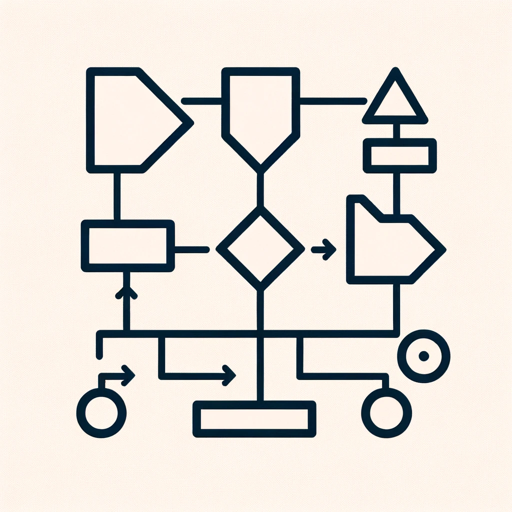
Character Creation
Create compelling characters with AI.

Copywrite Genius
AI-driven copy that sells.

Agent Agreement Legal Expert
AI-powered agent agreements, made easy.

Digital Models
AI-Powered, Photorealistic Digital Models

Video Tutor✏️🌐🎓
AI-Powered Insights for Video Content

AI Website Builder
AI-driven website creation made simple
Headshot Creator
AI-powered headshots for professionals.

Traditional Tattoo Designer
AI-driven traditional tattoo design made easy.
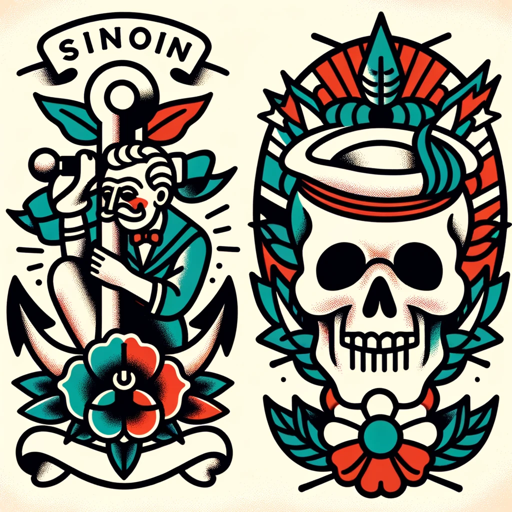
- Web Design
- Code Generation
- Prototyping
- UI Testing
- Rapid Development
Frequently Asked Questions about Screen Shot to Code
How accurate is the code generation from screenshots?
Screen Shot to Code generates highly accurate prototypes by interpreting visual elements and converting them into corresponding HTML, CSS, and JavaScript. While the initial output is typically very close to the design, some manual adjustments may be needed for complex or unconventional layouts.
Can Screen Shot to Code handle complex designs?
Yes, the tool is designed to handle a variety of design complexities. However, the effectiveness can vary depending on the clarity and detail of the uploaded image. It’s recommended to use clear, high-resolution screenshots for the best results.
Is any coding knowledge required to use this tool?
Basic coding knowledge is helpful but not strictly necessary. The tool is designed to generate code automatically, which can then be used as is or further refined by those with coding experience. Even beginners can use it to create functional prototypes quickly.
What file formats are supported for uploading?
The tool supports common image formats like PNG, JPEG, and GIF. Ensure your screenshots are in one of these formats before uploading for the best results.
Can I use the generated code in commercial projects?
Yes, the code generated by Screen Shot to Code can be freely used in both personal and commercial projects, allowing you to leverage the tool for a wide range of professional applications.